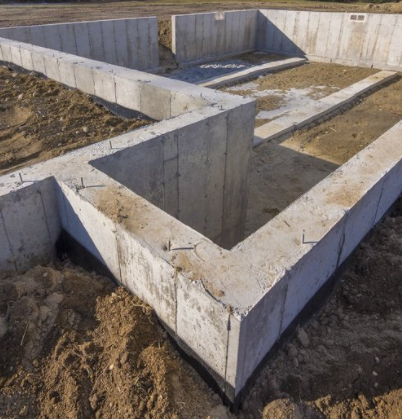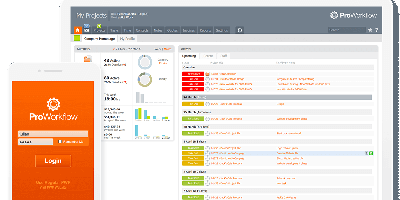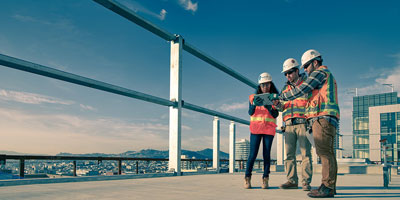 Slab
SlabThe most popular are also concrete slabs, the least costly option; they are found on slightly more than half of the new homes constructed today. That is because they are simple to create and require minimal excavation. In warm climates where frost is not a concern, slabs are the basis of choice; they dominate new construction in the South. In colder climates, they might not be the best option. It can cause the slab to crack and move as the ground freezes and thaws through the seasons.
Since they are built directly on the ground, the soil under a slab foundation must be level, often over a bed of gravel, otherwise the slab will crack or break down. Slabs are therefore an unlikely candidate for a steeply sloping lot (a crawlspace may work better there). But on lots with high water tables where building a basement will be troublesome, they could be the foundation of choice.
Crawlspace
In contrast with a slab, the advantage of a crawlspace base is that you can reach mechanical, plumbing, and even electrical systems with relative ease. That's because these systems are run through a crawl space, usually at least two feet wide, so you can get to do the job under the house. Your contractor pours foundation footings with a crawlspace foundation and the house is backed by walls. On the top of the footing and between the foundation wall and framing, local codes can call for the installation of a capillary break.
Basement
Of course, installing and maintaining mechanical systems in basements is much simpler. They make heaters, air conditioners and electrical equipment an ideal location, especially when carefully insulated and conditioned. Fun entertainment areas such as wet bars, family rooms, guest suites, and even sports courts can also be kept!
Like all living spaces inside the house, basements need to be handled so that they are not cold and damp. Basement walls should be cloaked with foam insulation that is air-tight. The concept is to prevent cold basement surfaces from touching humid, moist interior air. Otherwise, the effect is condensation and wetting. It has also been shown that having rigid insulation under basement floor slabs increases comfort and avoids exposure to moisture. The Building Science Corporation recommends that a polyethylene vapor barrier be added to the rigid insulation and to the concrete slab in direct contact. On lots with high water tables or shallow bedrock or boulders, you do not want to create a basement.








